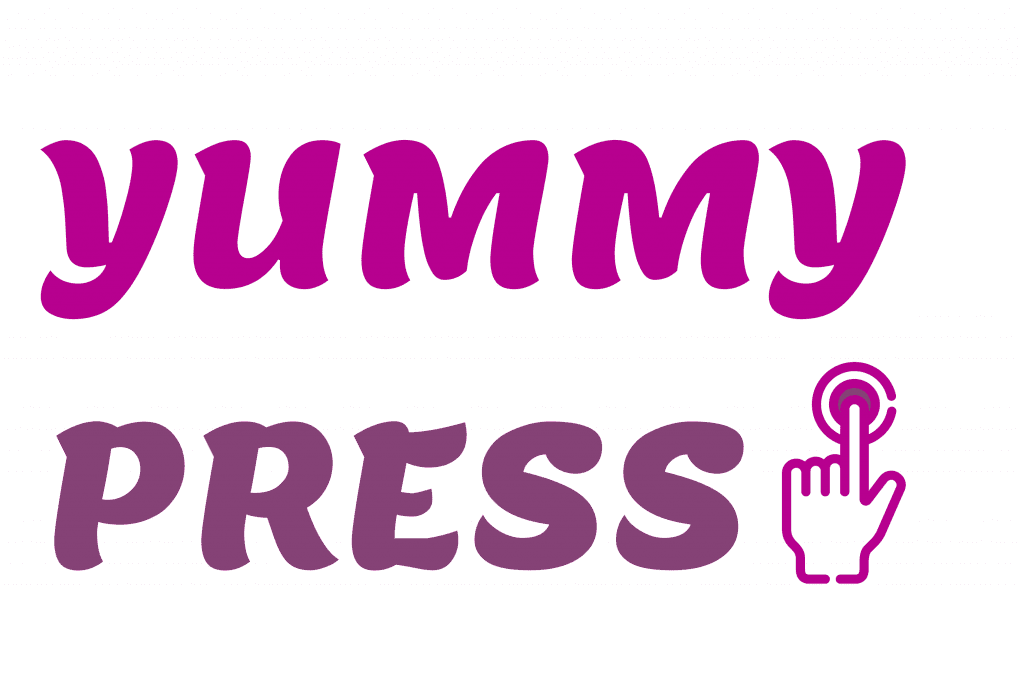Keto has garnered the support of plenty of A-lister celebrities over the past few years, and the diet’s popularity has soared ever since.
But while we do know the basics of a high-fat low-carb diet, you probably haven’t heard of the term ‘lazy keto’, which is a more laid-back approach of cutting out carbs without being overly-restrictive.
There are plenty of ways to do keto as long as you stick to the fundamental principles of the diet, i.e. keep your carb consumption under the recommended 50g.
Lazy keto — also referred to as dirty keto, sometimes — is one way to achieve your goal if you can’t always eat healthily.
Most people find the idea of restrictive dieting scary, and rightfully so, because they can be unsustainable and stress-inducing, but lazy keto can give you some flexibility in terms of the ‘acceptable foods’ that you can eat as long as you’re in ketosis.
People who follow low carb don’t always track their macros, or their calorie intake. They simply keep their carb consumption under 50 grams, while allowing themselves to all other foods, healthy or unhealthy — fried chicken for breakfast? Yes, please!
The terms ‘lazy keto’ and ‘dirty keto’ are often used interchangeably. However, there’s one key difference that sets them apart: accountability.
While in dirty keto, you can still have unhealthy fats and refined oils, you must still track your macros in order to meet your goals.
However, the lazy version of this diet doesn’t have this requirement, therefore, giving you more flexibility.
But both of these versions can have their pros and cons that you weight out before determining which approach is best for your lifestyle.
Miriam Christie, MS, RD, says that lazy keto can be a good idea for people who want to make low-carb diet more sustainable or are easing off keto and want to gradually reintroduce carbs in their lifestyle.
Christie says that since lazy keto is more intuitive than traditional keto, it allows you to consume more carbs which might prevent you from going in ketosis, which is the ultimate goal of this diet.
Not tracking your macros can also increase the risk of developing deficiencies for key nutrients that you might be skipping in your meals. Some of these include vitamin D, calcium, magnesium, and the all-essential fiber. To replenish the nutrient levels in your body, include plenty of good quality fats like fish, avocados, and nuts.




